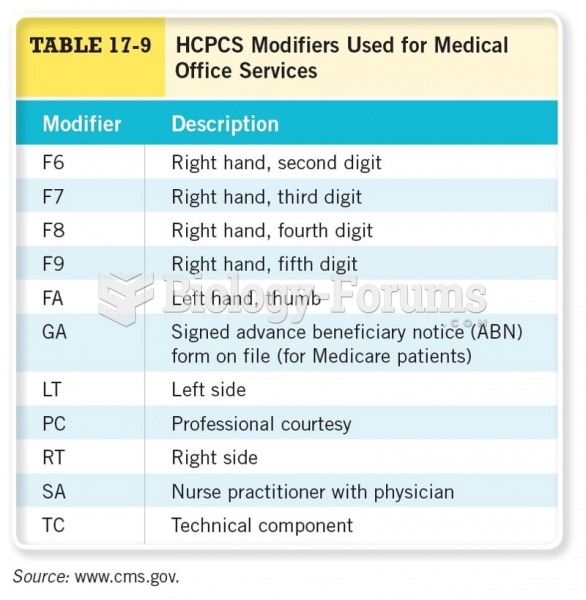Answer to Question 1
The Internet
Answer to Question 2
The four categories of basic television are network, cable, syndicated, and local formats.
Network television broadcasts programming over airwaves to affiliate stations across the United States under a contract agreement. Programming from these networks can be delivered on-air, over cable, through satellite transmission, or by mobile apps to smartphones and tablets. The method of delivery does not change the fact that advertisers can buy time within these broadcast programs to reach audiences in hundreds of markets. Estimates are that network TV reaches more than 90 percent
of U.S. households.
Cable television transmits a wide range of programming to subscribers through wires rather than over airwaves. In the United States, about 60 million basic-cable subscribers are wired for cable reception and receive dozens of channels of sports, entertainment, news, music video, and homeshopping programming. Cable's power as an ad option has grown enormously during the past decade as cable's share of the prime-time viewing audience has grown.
Syndicated television is either original programming or programming that first appeared on network TV. It is then rebroadcast on either network or cable stations with pending distribution on the Internet. Syndicated programs provide advertisers with proven programming that typically attracts a well-defined, if not enormous, audience. It includes several sub-types: off-network syndication, first-run syndication, and barter syndication.
Local television Local TV is the programming other than the network broadcast that independent stations and network affiliates offer local audiences. Completely independent stations air old movies, sitcoms, or children's programming. Network affiliates get about 90 hours of programming a week from the major networks, but they are free to air other programming beyond that provided by the network.







